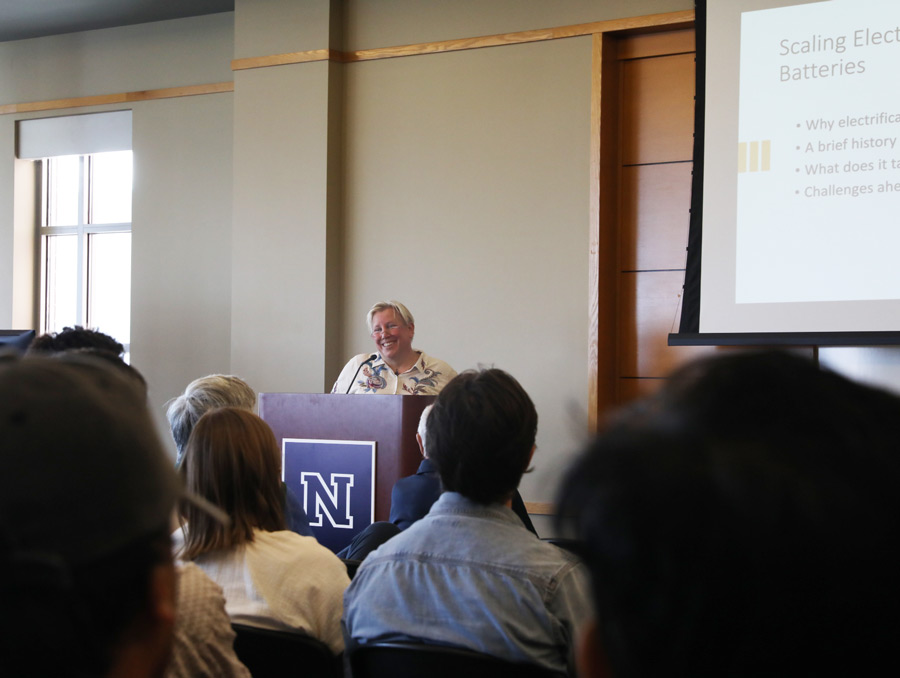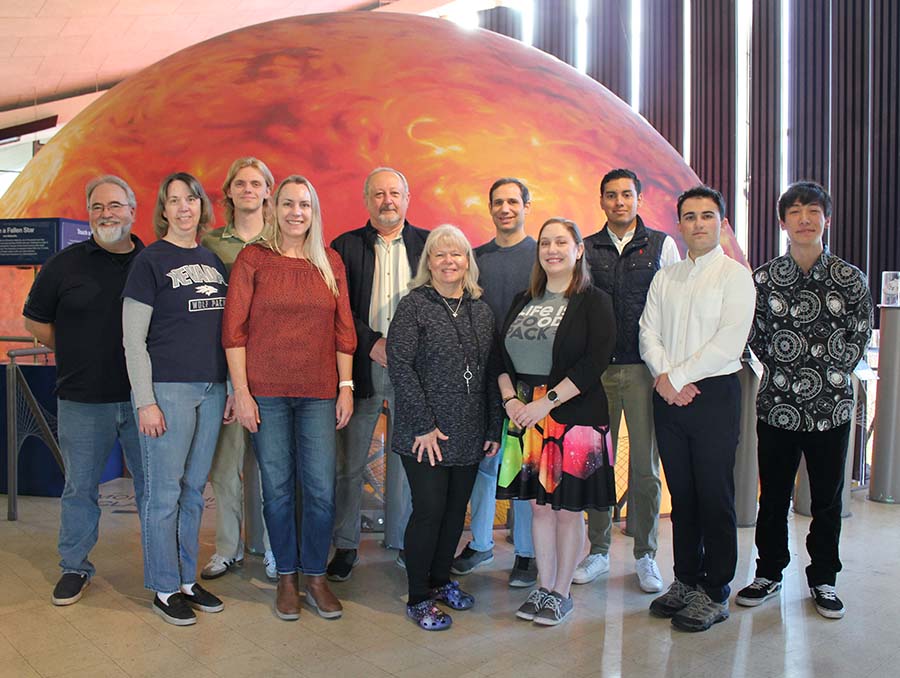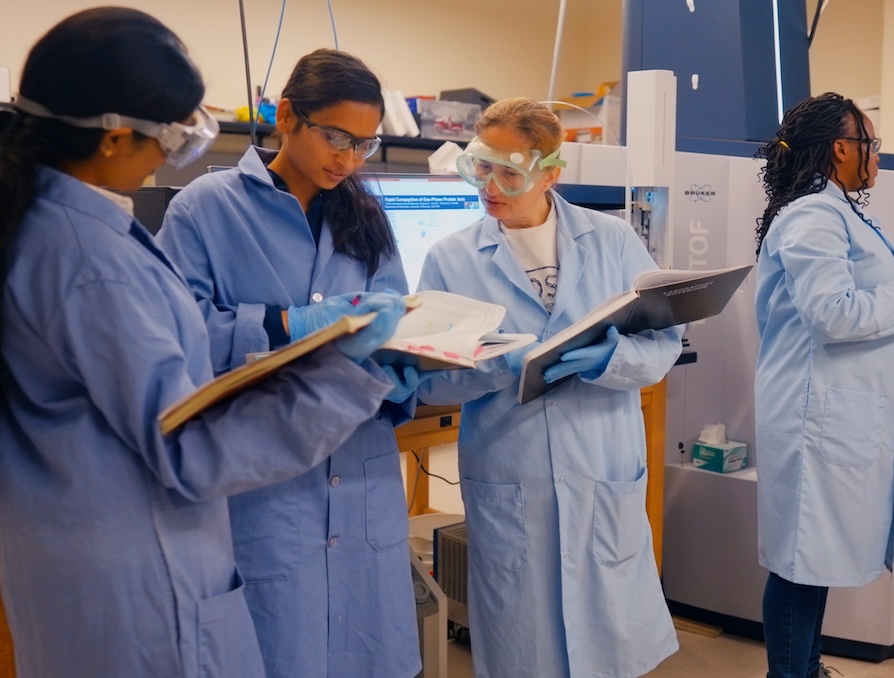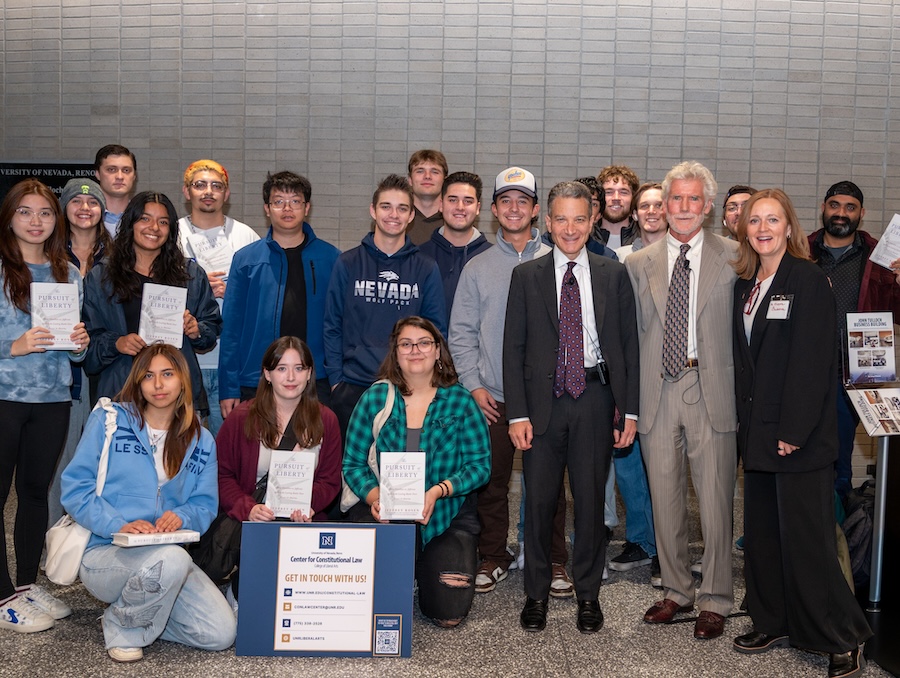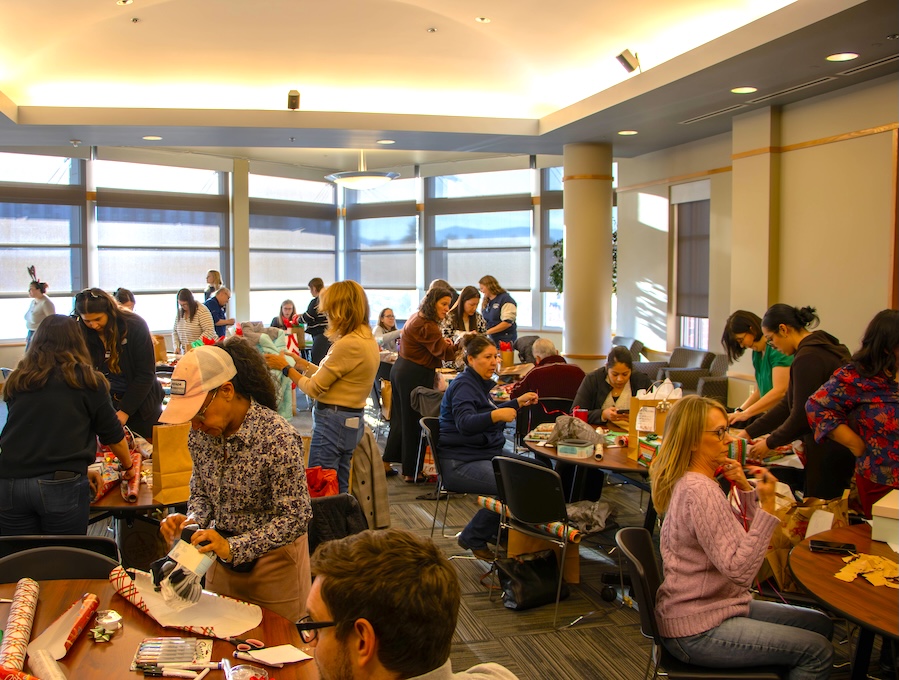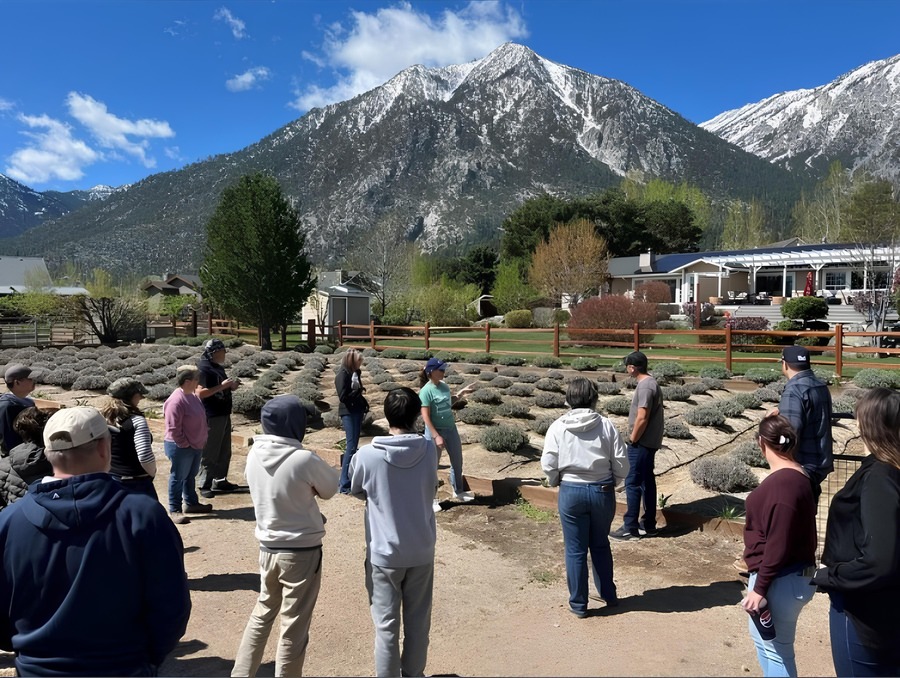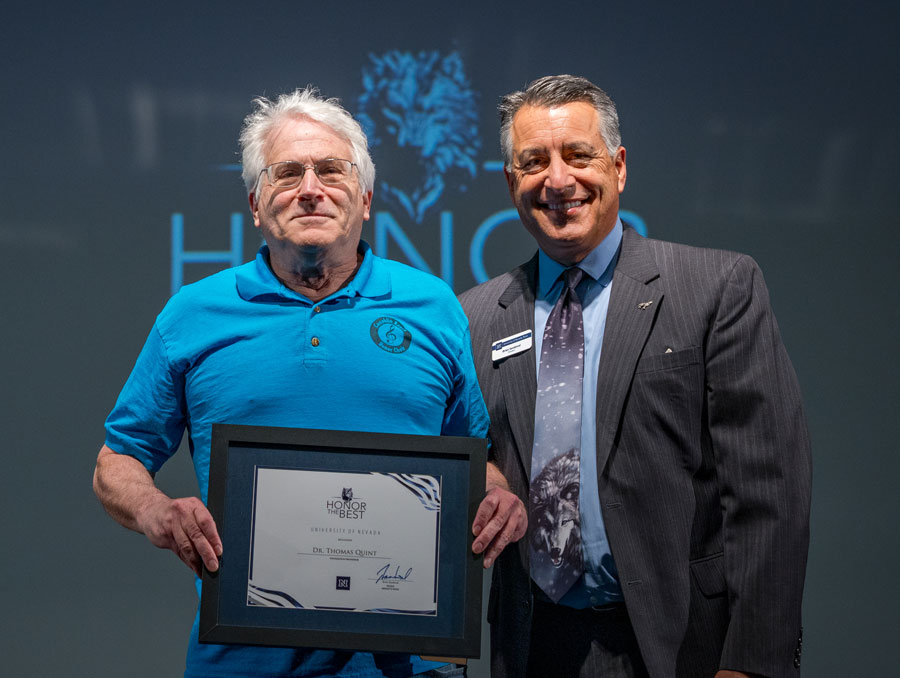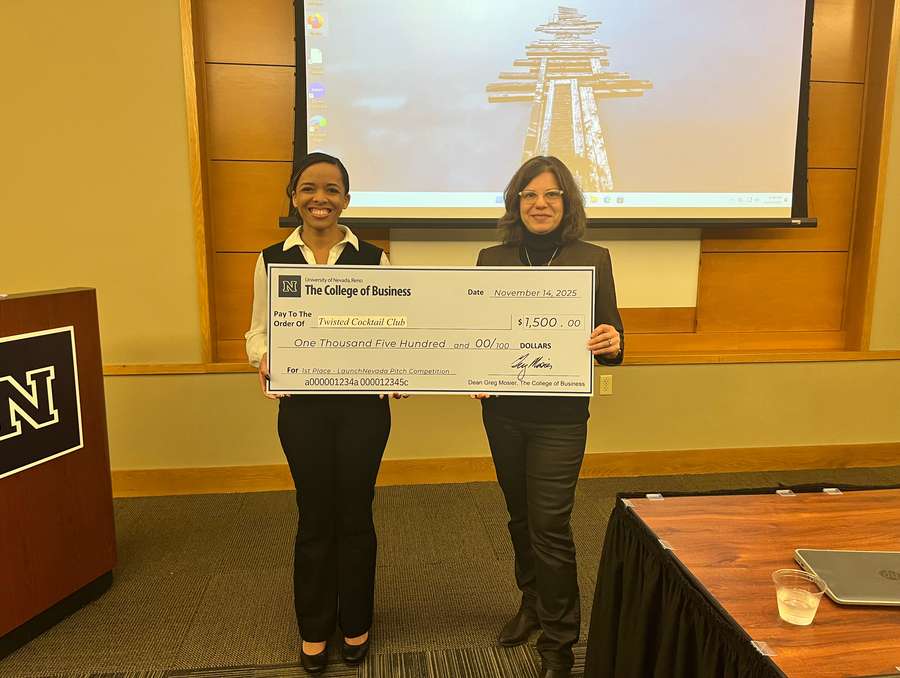The popular Energy Solutions Forum opened its fourth season in September with battery expert Celina Mikolajczak. The series aims to bring experts on various energy and carbon technologies to campus to prompt conversations and collaborations about how to tackle climate change.
The series has hosted a variety of experts on renewable energy sources such as wind, geothermal and solar, but the energy needs to be stored somewhere. That’s where rechargeable batteries come into play. However, like any technology, batteries eventually reach the end of their useable life and scientists are working on developing efficient recycling processes to ensure the sustainability of battery production. Mikolajczak has worked at some of the industry’s leading battery producers and held leadership roles at Tesla, Uber, Panasonic Energy, QuantumScape and most recently Lyten.
Mikolajczak started her work in failure analysis when lithium-ion batteries were becoming the primary laptop battery on the market. As the batteries made their way into cell phones, Mikolajczak realized they would become an integral part of technology.
“When I started in lithium-ion batteries, it was consumer goods only,” she said. “Now, they’re everywhere.”
Mikolajczak visited the battery engineering facilities at Tesla around 2006 in the early days of lithium-ion batteries, when they were still prone to spontaneous combustion. She made some recommendations to the engineers about how to prevent the batteries from catching fire, which the engineers implemented. Then, NASA approached her and said they wanted to put lithium-ion batteries on the International Space Station. Failure of those batteries was not an option, so they brought Mikolajczak on to provide her expertise on minimizing risk. She was then approached by Tesla, who wanted to hire her.
“This could work,” she remembered thinking about the electric vehicles Tesla was building. “Actually, this could work really well.”
Mikolajczak said there wasn’t much emphasis placed on the recyclability of the batteries while they were being designed, and that the prevailing strategy at the time was, “We’ll figure it out later.”
Much has changed, though, since Mikolajczak started working in the battery technology industry.
“People think, ‘It’s just a battery,’ right?” Mikolajczak said. “But every other year, the cell makers are changing the design and iterating it and making it better. The average rate of change of energy density in lithium-ion sources has been about 4% per year increase. The overall story of lithium ion is just incredible innovation over time.”
The next speaker is Kirk Sorensen, president and chief technologist at the nuclear technology company Flibe Energy, who will be on campus on Oct. 1. The Energy Solutions Forum is supported by Mick Hitchcock, a dedicated friend of the University.
